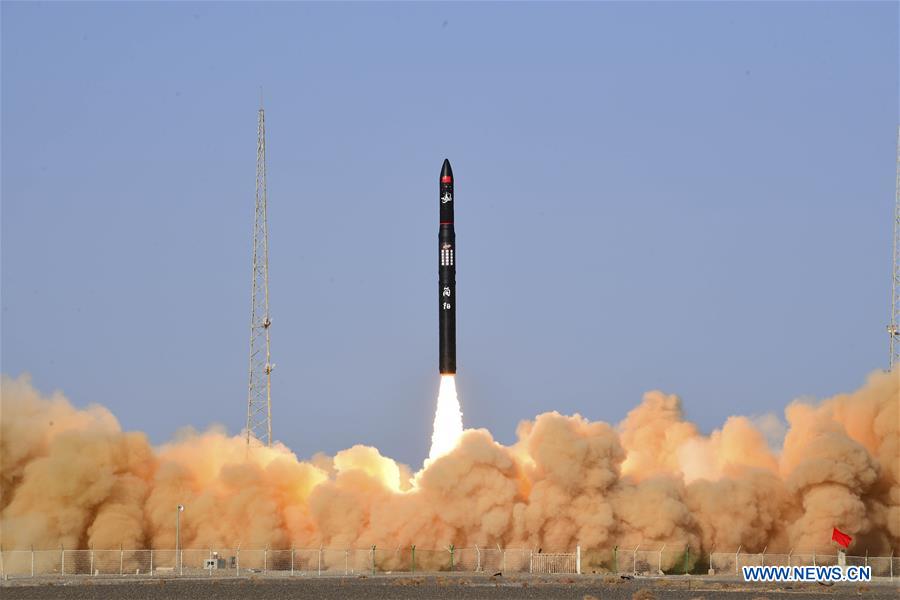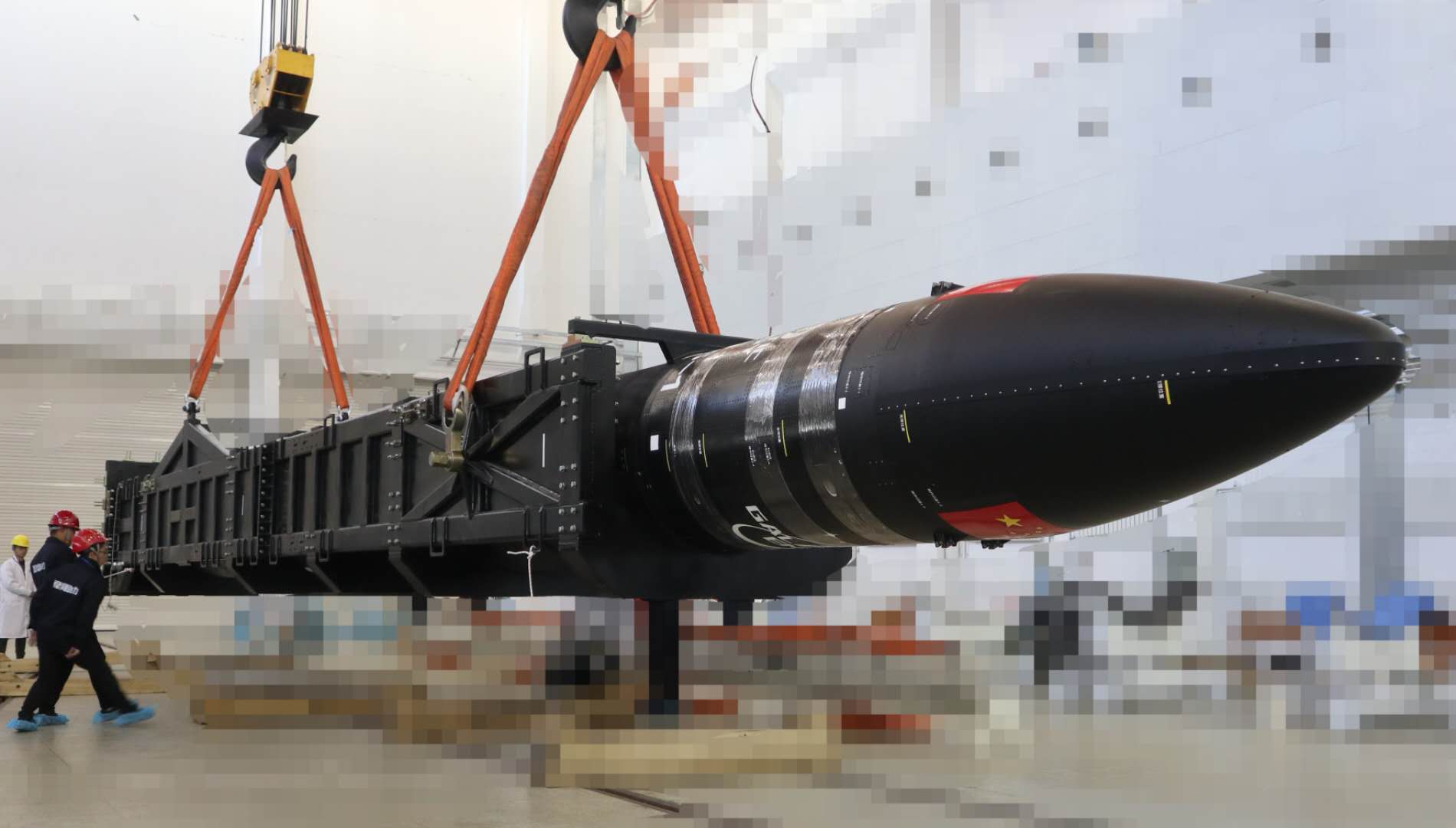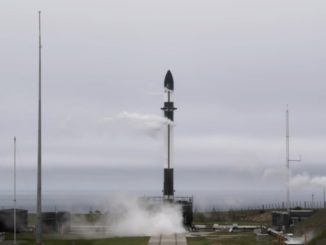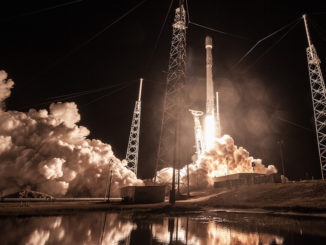
A new four-stage rocket operated by the Chinese launch company Galactic Energy succeeded on its inaugural flight Saturday, delivering a data relay microsatellite to an orbit 300 miles (500 kilometers) above Earth.
The Ceres 1 rocket lifted off from the Jiuquan launch base in in the Gobi Desert of northwestern China at 0712 GMT (2:12 a.m. EST) Saturday, according to China’s state-run Xinhua news agency.
Xinhua reported the rocket, designed for commercial use, successfully placed a single satellite into orbit. U.S. military tracking data indicated the rocket placed its payload into an orbit around 300 miles in altitude, with an inclination of 97.4 degrees to the equator.
The launcher carried a small satellite named Tianqi 11 designed for data collection and transmission in a fleet of orbiting relay stations designed for Internet of Things services. The Tianqi constellation is owned by Guodian Gaoke, a Beijing-based company.
Galactic Energy, also headquartered in Beijing, is one of several Chinese startups seeking a foothold in the launch business.
The Ceres 1 rocket stands roughly 62 feet, or 19 meters, tall and measures 4.6 feet (1.4 meters) in diameter, according to Galactic Energy. Its lower three stages are solid rocket motors likely derived from missile stages developed for the Chinese military, and an upper orbital insertion stage features a hydrazine-fed propulsion system.
Galactic Energy says the Ceres 1 rocket can deliver a payload of more than 770 pounds, or 350 kilograms, to low Earth orbit. The four-stage launcher was “independently designed” by Galactic Energy, and is aimed at providing “high-quality, cheap, and fast launch services for low-orbit small satellites,” according to the company’s website.

The Ceres 1 rocket is a precursor to a larger launch vehicle called the Pallas 1, which will be powered by kerosene-fueled engines on a reusable booster designed for vertical takeoffs and vertical landings.
The Pallas 1 rocket, set to debut in 2022, will be propelled by seven “Welkin” engines, each generating about 88,000 pounds — or 40 metric tons — of thrust at full power. The engine will have variable thrust to allow for propulsive landings of the Pallas 1 booster.
On its website, Galactic Energy calls the reusable Welkin engine the Chinese version of the Merlin engine that powers SpaceX’s Falcon 9 rocket.
Galactic Energy announced Nov. 3 that it secured $30 million, or 200 million yuan, in new investments from Chinese venture capital firms. In a statement, the company said the fresh capital infusion, coupled with earlier funding rounds, will allow the company to mass-produce Ceres 1 rockets beginning in 2021, and move forward with development of the Pallas 1 rocket for its first flight in 2021.
Galactic Energy is the second Chinese startup managed independently from the country’s legacy state-owned space contractors to launch a rocket into Earth orbit, following the successful flight of the Hyperbola 1 rocket from iSpace in July 2019.
Email the author.
Follow Stephen Clark on Twitter: @StephenClark1.



